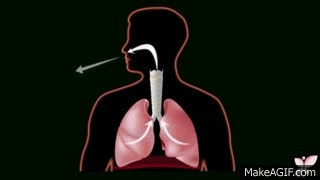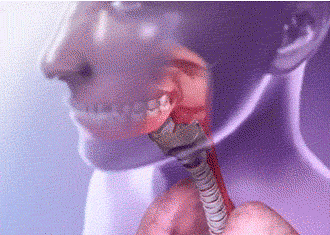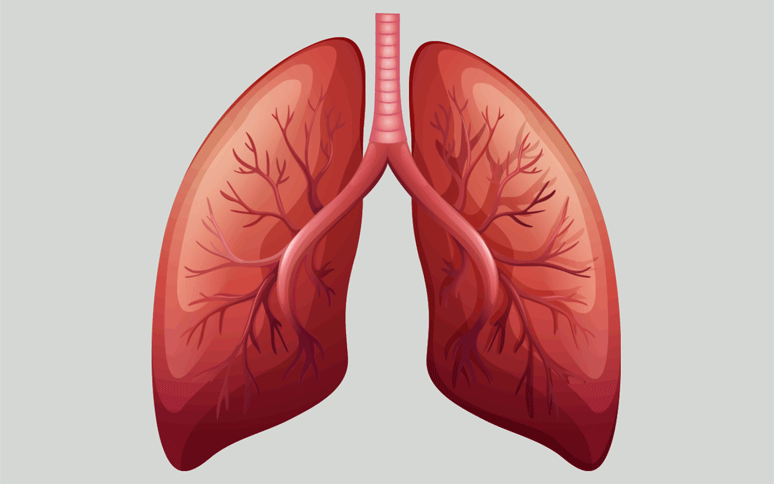
Importance of Breathing
All the Living Beings that inhabit the planet carry out a set of basic functions that receives the name of Life Cycle, having on one hand to the Food as the form in which food is incorporated that by means of its nutrients allow to satisfy the Daily Energetic Needs, having in addition to the Relationship as much with individuals of its same or another species as with the environment or environment that surrounds them, and finally the Reproduction that allows to continue with a lineage or a species
At the same time, these actions can be classified into Voluntary Acts being those that are carried out in a conscious way, directing will that may or may not be conditioned by external factors, and on the other hand we have the Involuntary Acts, being these last ones proper to the organism and that cannot be controlled but are Biological Functions.
Among these functions, one of the necessary to be able to live is precisely the Breathing, having main function in the organs of the Respiratory System and being able to be carried out in different ways depending on how it is constituted and distributed in the species of living being that we study.
The main purpose of Respiration is the need to incorporate Oxygen into our body, which is transported to the Lungs that contain in their interior to the Pulmonary Alveoli where it is then carried to the blood and in conjunction with the Circulatory System distributed throughout the body.
In this zone there is also a Gaseous Exchange through the blood capillaries that is called Hematosis, where oxygen is absorbed into the blood and in turn releases Carbon Dioxide, which is also present in the air and toxic to the body.
The need to incorporate Oxygen lies in the fulfillment of the energetic needs, since this substance is necessary for the obtaining of energy for our body to function, as well as the formation and repair of tissues that occurs at muscular level as well as at cellular level, interacting with sugars or starch that is obtained by the ingestion of food as a main source of energy.
On the other hand, there are also Anaerobic Organisms that do not perform oxygen-related respiratory functions, but have a metabolism that works through fermentations, generally generating products that respond chemically to the structure of alcohols or acids.

Inspiration
Inhalation or inhalation occurs as soon as the diaphragm contracts and moves downward, just as the pectoral and oblique muscles or intercostal muscles expand the rib cage by pushing the ribs out. This allows oxygen to circulate through the lungs more quickly.

Breathing out
Breathing out or exhaling is the opposite phenomenon to breathing in, during which air in the lungs comes out of the lungs and removes carbon dioxide. It is a passive phase of breathing, because the thorax retracts and diminishes all its diameters, without intervention of muscular contraction, returning to recover the thorax its primitive form. The muscles put into play, when the thorax is dilated, relax in this phase the ribs return to their initial position.

respiratory diaphragm
The diaphragm is an elongated muscle that separates the thoracic cavity from the abdominal cavity. It is placed under the lungs in the form of a dome and its function is nothing more or less than to intervene in breathing.
By inhaling, this powerful muscle contracts and flattens, increasing the thoracic capacity and creating a vacuum that attracts more air to the lungs, and in exhalation it relaxes and recovers its dome shape as the lungs expel air.
This movement occurs rhythmically and is completely involuntary; but if during a breathing exercise you place your hands gently resting on the area that we commonly call "the mouth of the stomach", and you concentrate your attention on that area, you will be able to perceive how the diaphragm drops as you inhale air and rises again in the exhalation.

Epiglottis
The epiglottis is a flap in the form of a sheet of cartilage tissue. Its main function is to turn the larynx or voice box that protects the entry of the airways during swallowing. This prevents food from entering the windpipe.
If the epiglottis is defective, choking may occur from distraction of food to the windpipe rather than the supply pipe or esophagus.
- Trachea: The windpipe (trachea) is a very important part of the respiratory system. It is the tube that connects the nose and mouth to the bronchi and lungs. When a person breathes in (air) the air enters the mouth or nose and passes into the larynx, from here it passes through the windpipe to the bronchi and finally into the lungs. Its role is to provide an open pathway to the outside from the lungs. Because of this fundamental role in breathing, any damage to the windpipe is potentially very life-threatening.

Respiratory function of the lungs
They are mainly responsible for carrying out the gaseous exchange with blood, which is why the alveoli are in close contact with the capillaries. In fact, in the alveoli, oxygen passes from the air to the blood, as well as carbon dioxide passes from the blood to the air, caused by the difference in partial pressures of oxygen and carbon dioxide between the blood and the alveoli.
Sources of information
- https://www.livescience.com/22616-respiratory-system.html
- http://www.innerbody.com/anatomy/respiratory
- https://www.lung.ca/lung-health/lung-info/respiratory-system
- https://www.mada.org.il/en/about/engineer/challenge/respiratory-system
